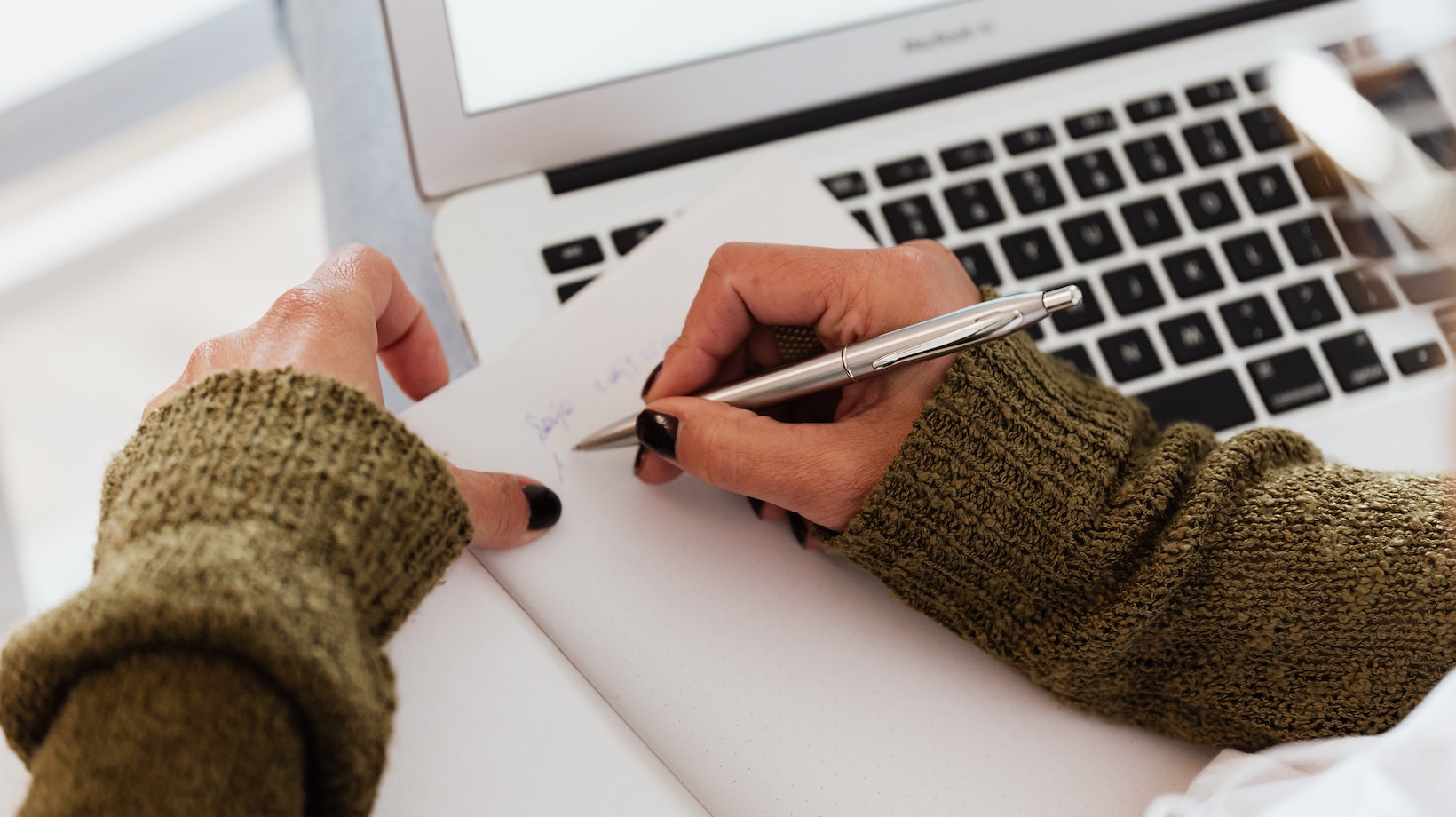Flipping an object in Illustrator is a simple yet powerful technique that can enhance your design projects. Whether you want to mirror an image, create symmetrical illustrations, or experiment with different perspectives, knowing how to flip objects can be a valuable skill. In this article, I’ll guide you through the steps on how to flip an object in Illustrator effortlessly.
It’s worth noting that when flipping objects, you have the option to either reflect them vertically or horizontally depending on your desired outcome. Experimenting with both orientations can lead to exciting design possibilities and bring a fresh perspective to your artwork. So whether you’re working on logos, illustrations, or any other design project in Illustrator, mastering the art of flipping objects opens up a world of creative opportunities.
Table of Contents
TogglePreparing the Object for Flipping
When it comes to flipping an object in Illustrator, there are a few important steps you need to follow to ensure a smooth and accurate transformation. In this section, we’ll explore how to prepare the object before flipping it.
Cleaning up the Object
Before flipping an object, it’s crucial to clean up any unnecessary elements or stray points that might interfere with the flip. This step is especially important if you’re working with complex shapes or artwork. To clean up the object:
- Select the object you want to flip.
- Use the “Direct Selection Tool” (the white arrow) to identify and delete any unwanted anchor points or segments.
- Zoom in on your artwork for better precision and accuracy.
- Pay attention to small details like overlapping lines or extra paths that may affect the final result.
By taking the time to clean up your object, you’ll ensure that your flipped version looks polished and professional.
Adjusting the Anchor Points
Another essential aspect of preparing an object for flipping is adjusting its anchor points. Anchor points determine how an object behaves during transformations, including flips. Follow these steps to adjust anchor points:
- Select your object using either the “Selection Tool” (black arrow) or “Direct Selection Tool.”
- Choose the “Anchor Point Tool” from the toolbar.
- Click on each individual anchor point that needs adjustment.
- Drag them into their desired positions while holding down Shift if you want precise alignment.
By manipulating anchor points strategically, you can achieve more accurate flips without distorting your artwork.
Applying Necessary Transformations
After cleaning up and adjusting anchor points, it’s time to apply any necessary transformations before flipping your object:
- Select your prepared object.
- Go to “Object” in the top menu bar.
- Choose “Transform” and then select one of these options:
- Reflect: This flips the object horizontally or vertically along an axis.
- Rotate: Use this to rotate your object before flipping it.
- Scale: Adjust the size of your object if needed.
Experiment with different transformation options to achieve the desired effect. Remember, you can always undo or modify transformations until you’re satisfied with the result.
By following these steps and considering essential factors like cleaning up, adjusting anchor points, and applying necessary transformations, you’ll be well on your way to successfully flipping objects in Illustrator.

How to Flip an Object in Illustrator
Flipping an object horizontally
One of the handy features in Adobe Illustrator is the Flip tool, which allows you to mirror or flip objects horizontally and vertically. Let’s start with flipping an object horizontally.
To begin, select the object you want to flip. You can choose any shape, text, or even a group of objects. Once selected, navigate to the toolbar on top and locate the Transform panel. If you don’t see it, go to “Window” in the menu bar and click on “Transform” to enable it.
In the Transform panel, you’ll find various options for transforming your selected object. Look for the icons that resemble arrows pointing left and right; these represent horizontal flipping. Clicking on the icon with a single arrow pointing left will flip your object horizontally across its vertical axis.
Alternatively, you can use keyboard shortcuts to achieve this effect quickly. Pressing “Ctrl” + “Alt” + “Shift” + “M” (Windows) or “Command” + “Option” + “Shift” + “M” (Mac) will also flip your object horizontally.
Flipping an object vertically
Now let’s explore how to flip an object vertically using Adobe Illustrator’s Flip tool.
Similarly to flipping horizontally, start by selecting the desired object or group of objects that you want to flip vertically. Locate the Transform panel in the toolbar at the top of your workspace. If it’s not visible, go to “Window” in the menu bar and select “Transform.”
Within the Transform panel, look for icons resembling arrows pointing up and down; these indicate vertical flipping capabilities. Clicking on the icon with a single arrow pointing up will mirror your object across its horizontal axis.
For those who prefer keyboard shortcuts, press “Ctrl” + “Alt” + “Shift”+ “J” (Windows) or “Command”+ ”Option” + ”Shift” + “J” (Mac) to flip your object vertically.
Remember, the Flip tool is a powerful feature in Illustrator that allows you to quickly and easily manipulate objects. Experiment with flipping different shapes, text, or even complex illustrations to create unique designs. Play around with both horizontal and vertical flips to achieve your desired outcome.






